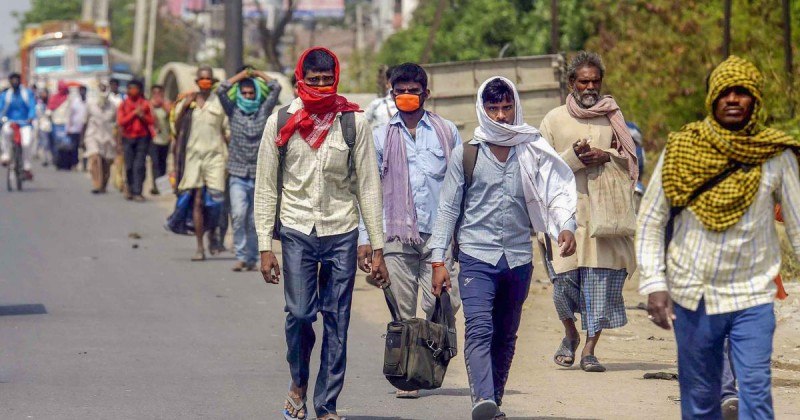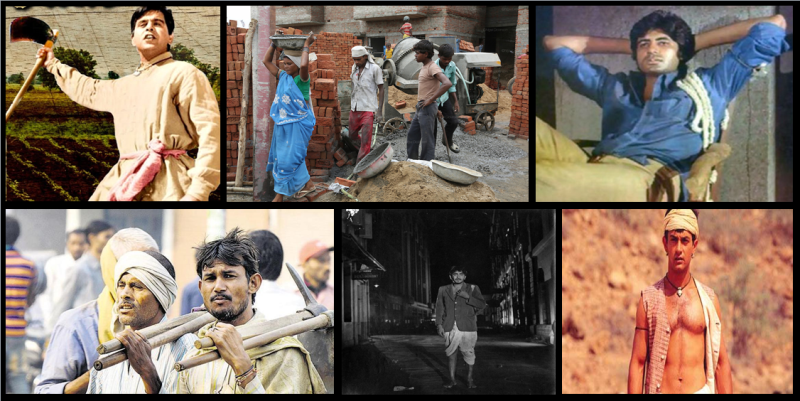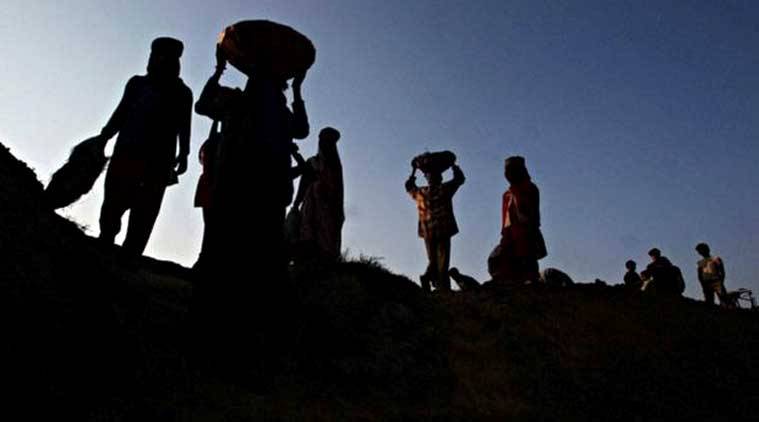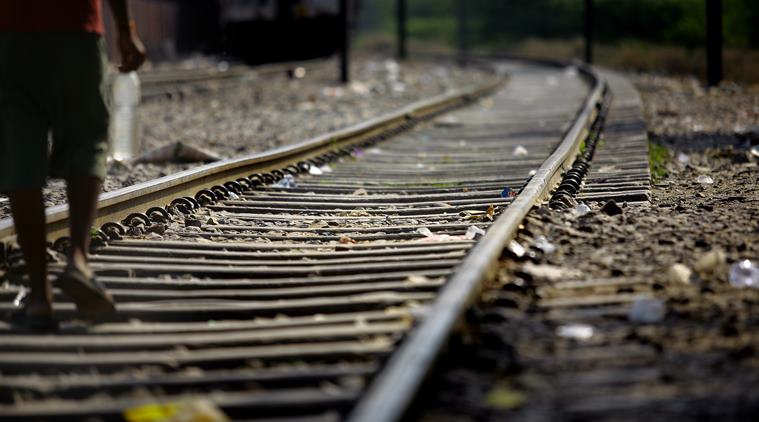
The nationwide lockdown due to the ongoing coronavirus pandemic beginning from late march led to a major exodus of the migrant class from the towns and cities of India to their native villages, the absence of livelihoods and the sudden denial of wages left them with no means of survival in the cities. But as the lockdown has been lifted and industries, factories, construction sites and other avenues that absorb migrant workers are opening up, we are witnessing how lakhs of migrant workers are journeying back to the urban spaces in search of employment.
While it is true that an extremely large number of migrant workers left the cities because they had no ways of sustaining themselves in the absence of livelihood opportunities and sources of income, they have little scope for sustaining themselves and living with dignity in their native villages where they seldom own land or have very few employment opportunities at hand.
They are in a way left with no option but to come back to the cities, no matter how indifferent and aloof it had chosen to be towards the migrant class in the days of the pandemic induced lockdown.
The opening up of project cities in the towns and cities and the gradual opening up of other avenues of employability have encouraged migrant workers to again return to the cities, with the hope of being able to sustain themselves with work. While a large number of migrant workers have already returned and resumed work, a great number of migrant workers are yet to return back and continue to remain in their native places.
The chunk of the migrant population comes from states such as Uttar Pradesh, Chhattisgarh, Bihar, West Bengal, Odisha, Jharkhand, Rajasthan and Gujarat. While during previous years, migrant workers would often be recorded returning to their native village during the monsoon months for attending to farming needs or attending marriages, this year, they are returning back in large numbers at this very time. Labourers are coming back in desperation, in hopelessness and survival anxiety because they know that the cities alone can give them immediate employment.
The opening up of construction activities has come to the solace of such workers as they are able to find employment once again. While many workers are returning back to the cities on trains, many others are being transported by contractors. Our cities and towns, various industries and factories and various important sectors completely rely on workers for functioning and the shortage of workforce has been hitting them hard. The sectors are extremely keen on receiving back the workers.
With a prevalent scarcity of workforce, perhaps the Indian industrial sector is realising that workers must not be taken for granted as they really are at the centre of the development, construction, hospitality and productions sectors. Their absence or non-willingness to return to the cities must be a thing to worry about.












